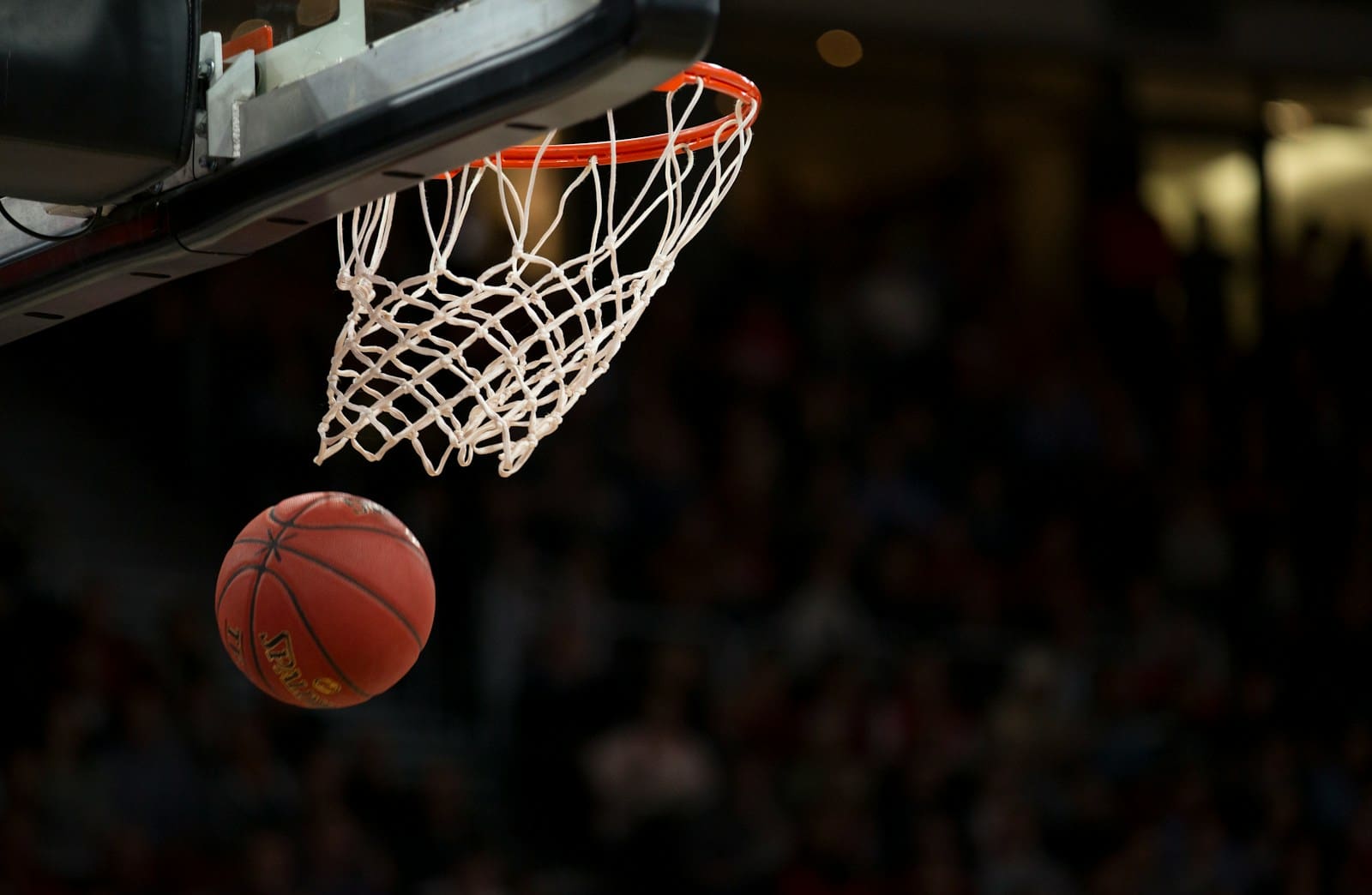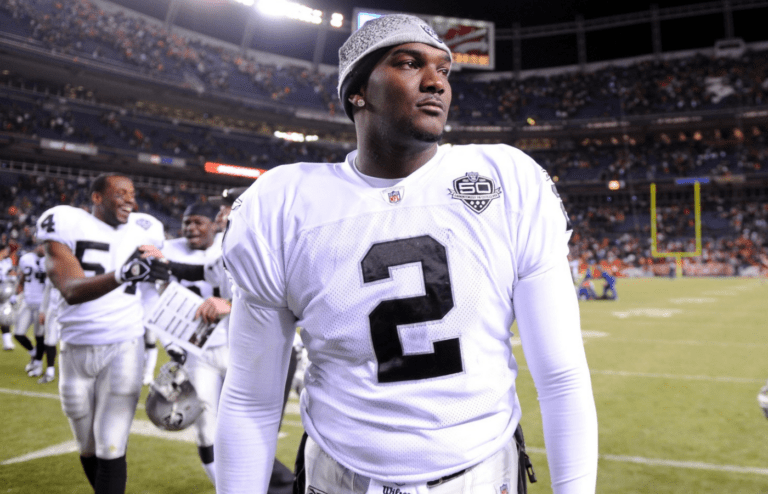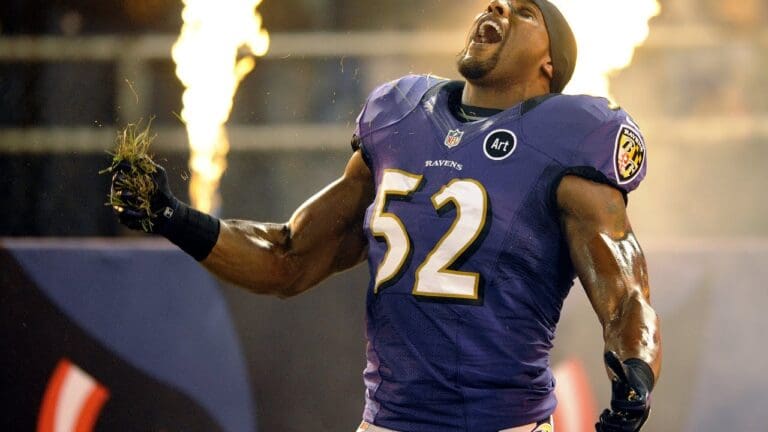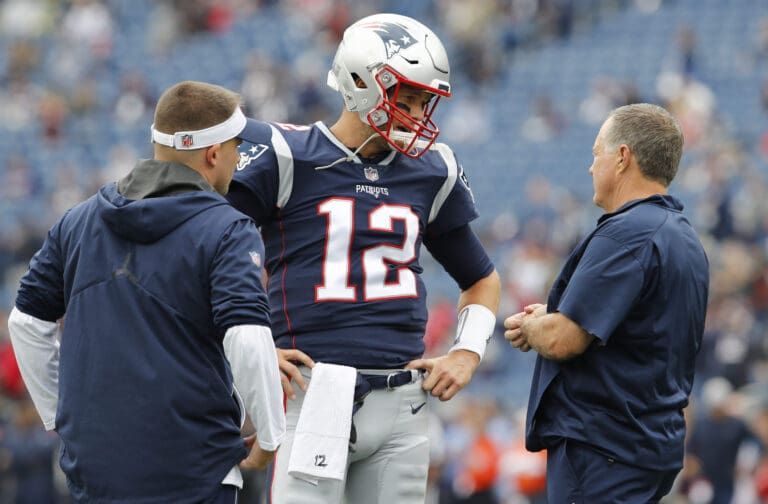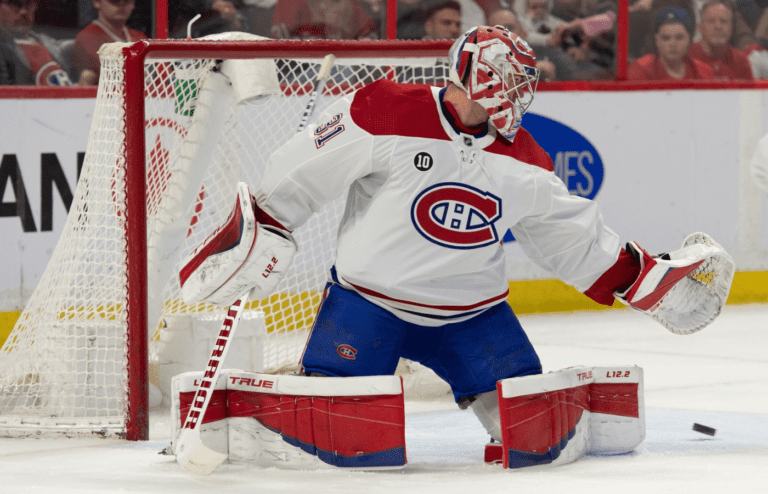A high-profile conflict between Disney and Dish Network led to ESPN and ABC (among other channels) going dark right ahead of the start of football season. That’s painful for Sling TV and Dish subscribers, and many of them are under blackout restrictions that prevent them from watching local teams’ games. This is emblematic of a growing trend: it’s getting weird to watch sports.
Going Digital
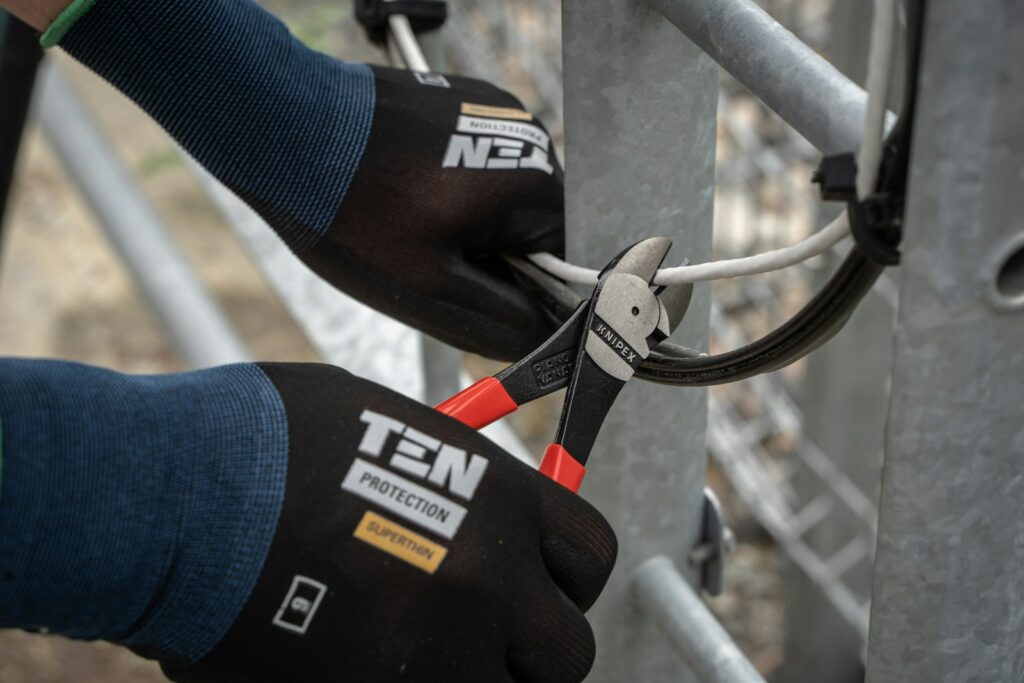
It’s no surprise that people aren’t buying cable like they used to. In 2013, over 100 million households had cable, while these days that number is down under 60 million. And it’s going to keep dropping, too! This is a huge issue for sports broadcasters, especially regional sports networks, as their business model was based entirely on cable.
High Carriage Fees
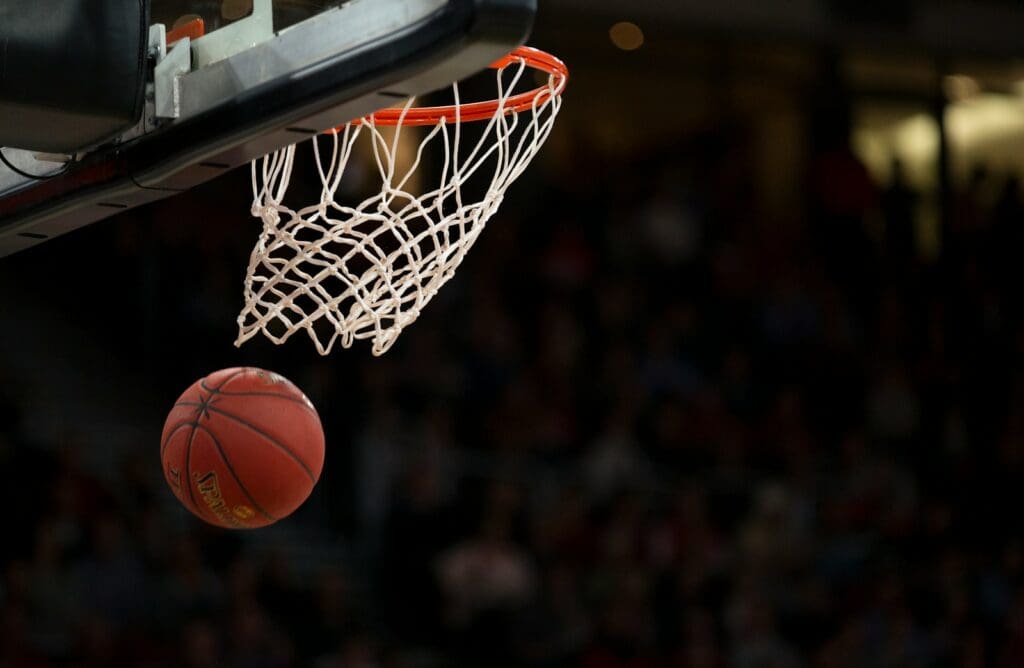
The lengthy chain between the sports league and the viewer is marked by fees. The league charges a sports broadcaster a fee to record and transmit the game, then the broadcaster chargers the cable company a fee to carry their channels. This fee is then extracted from cable customers, irrespective of whether they watch sports.
That’s Not Fair, Right?
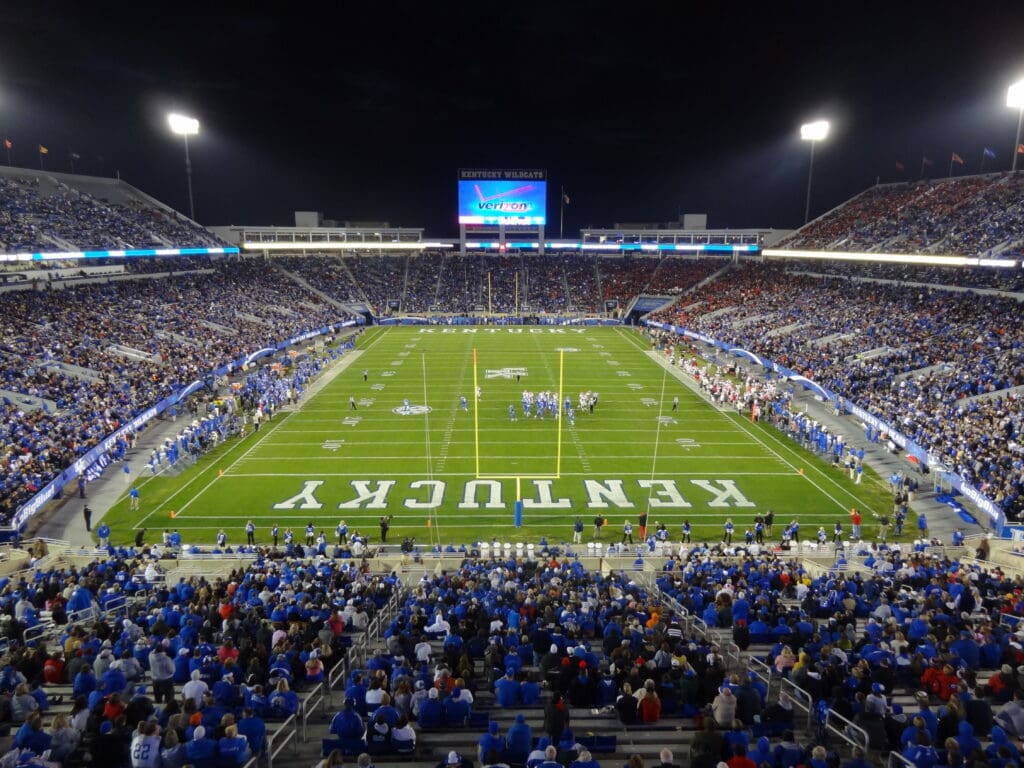
But what if you’re a cable watcher who doesn’t watch sports? Well, for decades the answer was “deal with it, nerd.” These days, however, those “nerds” have other options. They just stop subscribing to their local cable company and pick up a Netflix subscription. Rather than unfairly get gouged with sky-high cable bundles for a bunch of stuff they don’t want to watch, they’ll just get the content they do want.
This is Bad for RSNs
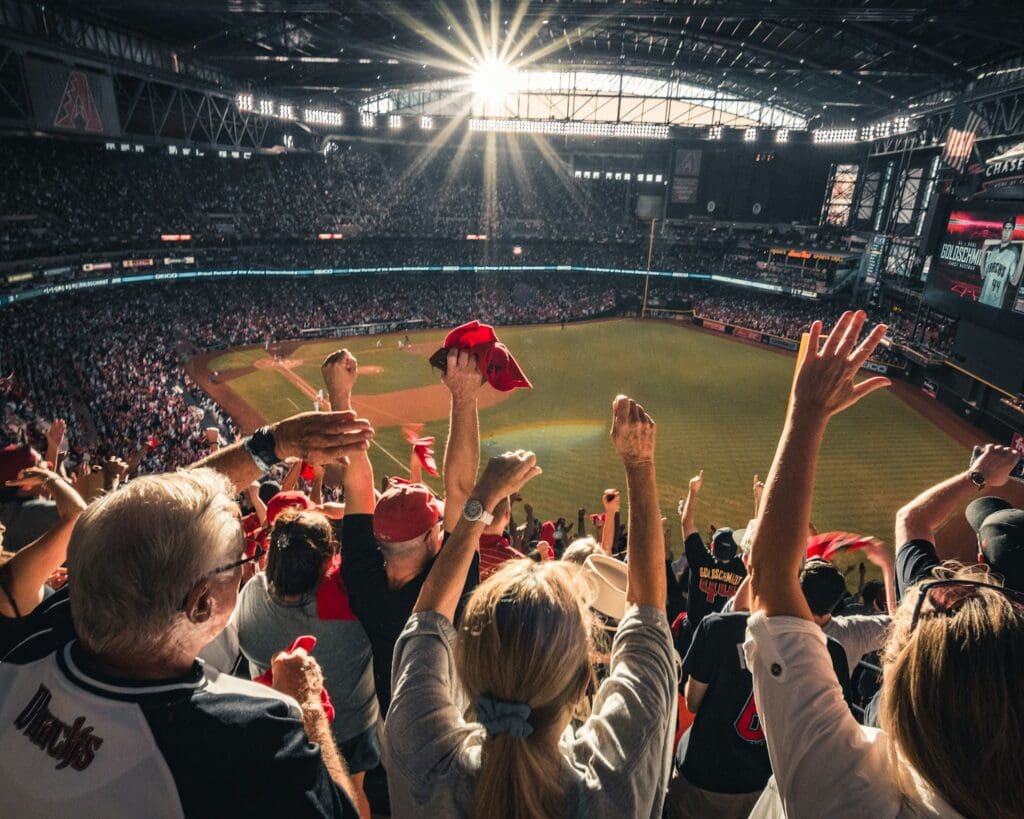
Regional sports networks, or RSNs, rely pretty heavily on this model to function, though. Bally Sports, for example, is in a bit of financial trouble as it struggles to pay high fees to various leagues (especially the MLB) in the face of an ever-dwindling cable-watching crowd. This is also painful for the MLB fans who want to watch live games, as they’re having to foot more of the bill as all the middlemen involved in this industry demand their cut.
Direct Broadcast
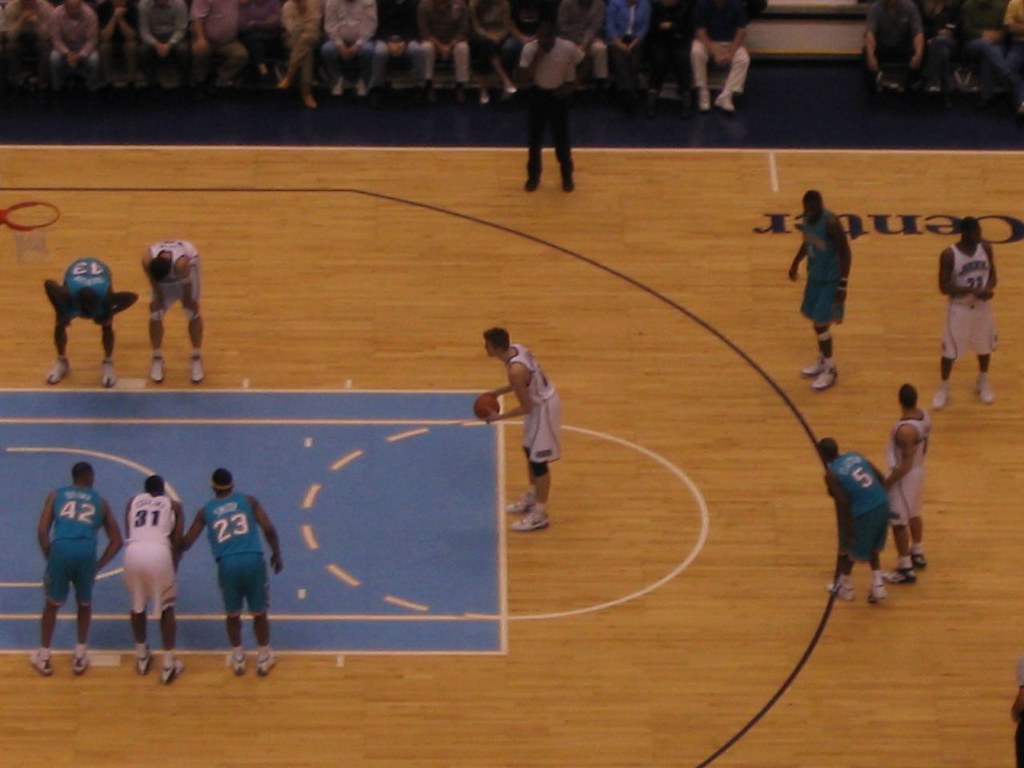
Some teams, like the NFL’s Utah Jazz, have bucked the trend and moved to a much more direct model. They now offer a free-to-air coverage over local channels, allowing fans in the area to finally watch their games without paying sky-high cable fees. This means less guaranteed money from cable companies, but it expands the team’s reach.
Local Teams
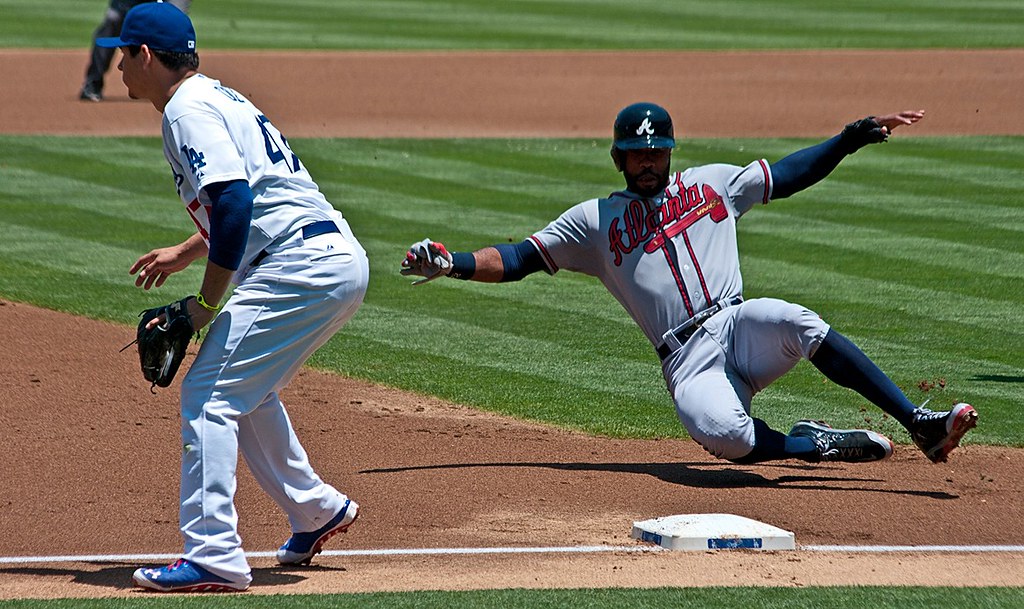
Professional sports teams deal with an interesting dichotomy. They’re very famous and can be seen on national TV, but they’re also local sports clubs. As such, they’ve got to strike a balance between appealing to their local fans and making the most money they can at a national level. Some analysts argue that the free-to-air model is better for most professional teams in the long run than the regional sports network model because it allows them to reach a much wider audience in their home market.
Widest Audience
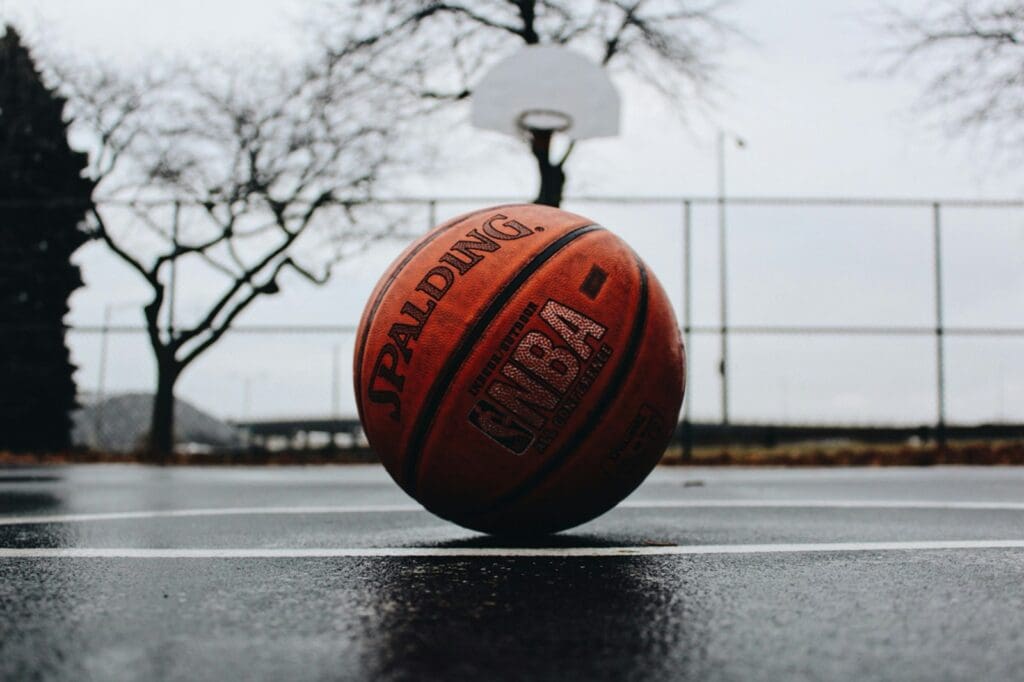
The leagues know this, as they’re eager to reach their fans to build a local community. Their local fans can offer them a ton of money they don’t need to split with regional networks or broadcasters! The older cable method once made the most sense because it reached the widest audience. And, in those days, there were few other options for broadcasting to a wider audience.
Building a Young Fanbase

These days, between streaming services, video-on-demand, and people’s preference to watch things on their own schedules, it’s important for the leagues to meet potential fans where they are if they want to stay relevant with younger viewers. And teams want younger fans. Younger fans could become lifelong supporters who will buy tickets and merch and spread word-of-mouth advertising for the team for years to come.
What Are Fans Supposed to Do?
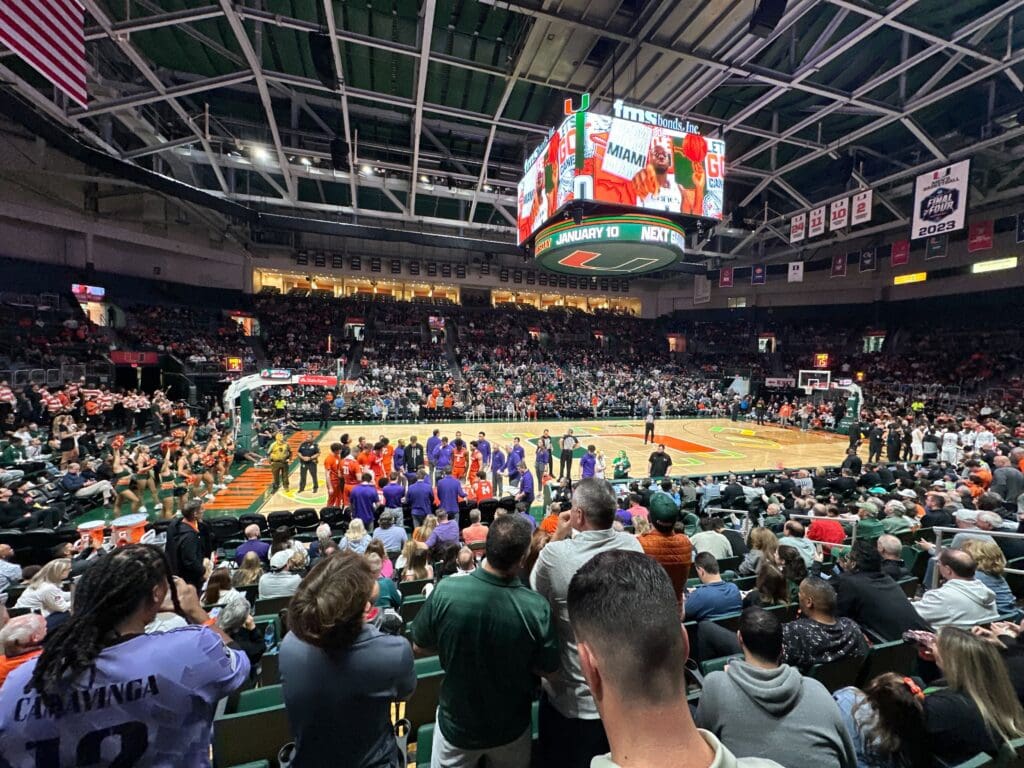
The question remains, for now, though. What are fans supposed to do when they can’t even watch their favorite teams if they want to? High subscription fees, ugly rights battles between networks and broadcasters, and ongoing blackouts of regional teams on national applications put a sour taste in fans’ mouths.
Radio is an Option

For many fans, it’s become easier to simply download the app of the local radio station nearest their favorite team and listen to audio coverage of the game. Some fans even watch highlights of the game in progress on social media apps while listening to the play-by-play. This is far from ideal, but it’s a savvy solution from tech native younger fans.
The Ugly Truth

Here’s the worst-kept secret in sports broadcasting: the current system is so consumer unfriendly that a lot of people just pirate the games and watch the broadcast illegally. This is, of course, a very bad idea. It’s illegal and it can cause serious issues, especially if you’re using our own personal computer to stream a pirate signal online. But despite these risks, many fans prefer this method to even dealing with RSNs and cable companies.
Could Things be Better?
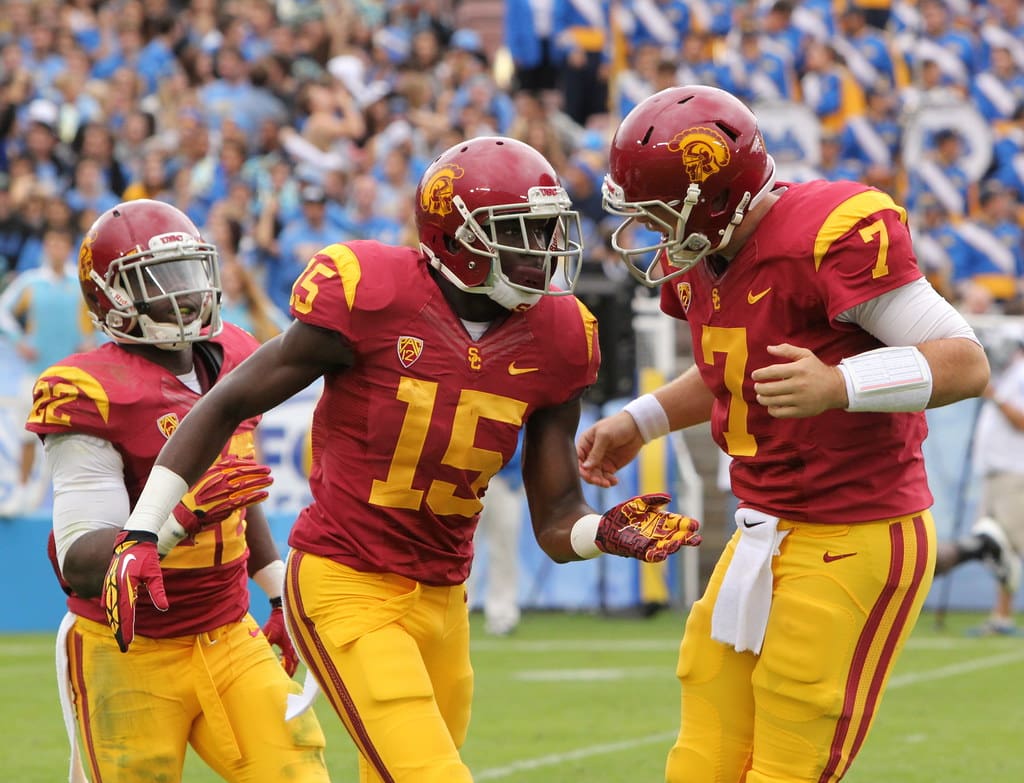
Speaking strictly from a fan perspective, watching sports could be much easier. Teams could move to a free-to-air model across the board, taking a hit on their guaranteed broadcasting dollars in exchange for a much wider audience. This would be a huge boon for local ticket sales and growing their brand, as suddenly people who haven’t watched sports in years could easily tune in.
Cable Rights are Locked Up
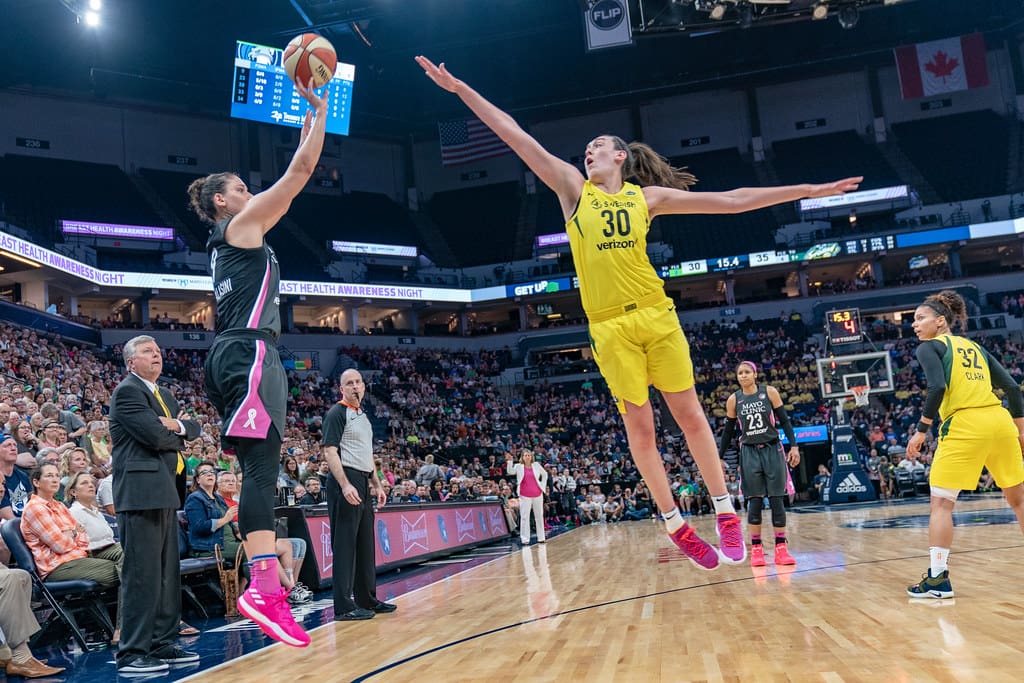
The cable rights for the NFL and MLB are tied up tight right now for years to come. The NBA, likewise, just inked a deal with Disney, Comcast, and Amazon through the 2035-2036 season. Interestingly enough, Time Warner recently sued the NBA for not continuing a deal to keep basketball on TNT.
This is a Mess

These big deals are an outright mess for fans, even if they have the deep pockets to afford to subscribe to every service and cable package needed to watch every game. Some games are carried on ESPN, while others are on Amazon Prime, and yet still more end up on ABC. Or NBC. Or Peacock. This is awful.
Read More: Top 10 Most Expensive Sports Teams in the World
Spare a Thought for New Fans

All of the major sports leagues want to grow their audiences and have specifically started advertising toward younger potential fans. Those newcomers are met with a labyrinthine system of twists and turns that obfuscate how to even watch the sport they’re being asked to care about. How can such a system last?
Spoiler alert: it can’t. Watch this space.
Read More: The #1 Sports Team in EVERY State

